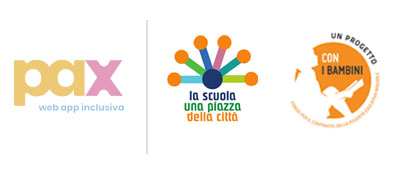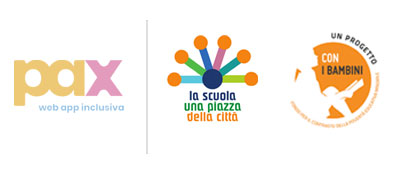But what are these requirements?
Communication-Language Skills
Learning to read and write requires the acquisition of language skills, including lexical and grammatical skills, narrative skills, phonological skills, and, in particular, metaphonology. Metaphonological skills refer to the ability to perceive, recognize and “manipulate” the sounds that make up words, much like one does with music. In the last year of preschool, global metaphonology is trained by playing at joining or breaking words into syllables, recognizing rhymes or the initial syllable of a word.
Narrative skills
Another important skill for future learning, especially for understanding and writing passages, is narrative, or the ability to tell stories and personal events in a clear and structured way. This skill begins to develop around the age of 3, when the child begins to tell short autobiographical stories, and continues to develop and enrich throughout life. This ability is fundamental for the organization of logical thought and verbal reasoning, managing to attribute meaning to events and to oneself, to one’s hopes, resources, limits and expectations. Storytelling allows for the construction and sharing of personal and collective meanings among individuals.
Visual/graph-motor skills
Visual-motor skills include the ability to process visual stimuli and ascribe meaning to them; spatial processing, related to the ability to process the spatial orientation characteristics of visual input. But also aspects related to motor skills, such as the prehension of the marker, the pressure exerted on the paper, posture and more.
If, on the other hand, we speak of graphical-motor skills, then we refer to the correct grip to be able to perform graphic gestures in the most fluid and functional way. These are fine-motor manual coordination skills that are integrated with visual skills and the ability to use both hands synergistically in the correct positioning of the paper.
Pregraph activities serve to set a good approach to writing.
Writing means coordination: this ability must be refined in children, who are used to moving without rules. Therefore, start with vertical activities in which the whole body is involved. And only afterwards do we move on to horizontal activities, which instead aim to teach children the correct grip, the way in which a plane (e.g. the table) is used to carry out finer writing activities.
A book for PREGRAPHY and PRESCRIPTION, “BEFORE SCHOOL”, available for purchase by clicking HERE
Logical-mathematical skills
- The logical-mathematical competences are the basis for the development of future arithmetic skills and encompass several skills:
- Knowledge of the nursery rhyme of numbers: ability to count up to twenty, with particular attention to the numbers -DICI (unDICI, doDICI, treDICI, etc.).
Association between number/name of number and corresponding quantity: ability to read Arabic numbers (e.g. 1,2,3) and associate them with a quantity - Counting: after learning the series of numbers, the child begins to use it in counting, first pointing to each element, then using only the look. The child must understand that the last number spoken represents the quantity of that set.
- Ability to put elements of different sizes in an orderly sequence (e.g. from the smallest to the largest) and ability to compare sets with different numbers.
Auditory-visual discrimination
- Visual: ability to visually analyze two stimuli, activating a comparison between them, grasping the most important characteristics and will allow to recognize a grapheme (e.g. p, t, etc.) from other graphic signs.
- Auditory: it allows to recognize the phonetic characteristics of a message in order to be able to remember and reproduce it; many phonemes (e.g. p/b/d) are similar to each other at an auditory level, therefore it is fundamental to be able to discriminate them for future learning.
Attentional skills
Attention allows us to focus mental activity on a specific task, increasing its effectiveness. Attentional functions allow us to select information from the external environment according to its relevance and irrelevance, allowing us to modulate the amount of cognitive resources involved in carrying out one or more tasks in an appropriate way, to shift attention from one task to another and to maintain concentration over time.
Aiding attentional skills is metacognition, i.e., the knowledge one has about attention and the voluntary control of it (Cornoldi, 1995). As early as 4 years old, children begin to develop ideas about attention by reflecting on it. At 7-8 years of age they will then realize that when they are distracted they can be distracted either by external factors, such as noise, or by internal factors, such as thoughts, distress.
It is essential to build good attentional skills to protect basic skill learning as well.
Executive functions
- Executive Functions (FE): this term refers to a set of cognitive functions that comes into play when we have to perform complex, non-automated, goal-oriented tasks.
- Executive functions are cross-cutting and related to all other activities. They include planning and choosing strategies, monitoring one’s own behavior, self-control, mental flexibility, and in general the ability to keep track of what is going on or to respond in an appropriate way to complex situations and reals
Topological concepts
Topological concepts are the notions about the space around us.
Helping the child to learn these concepts is very important for learning and orientation, to facilitate the understanding of the relationships between himself and the environment.
In the process of writing and reading, spatial references are fundamental to place letters in the right direction and consolidate the entire literacy process.










